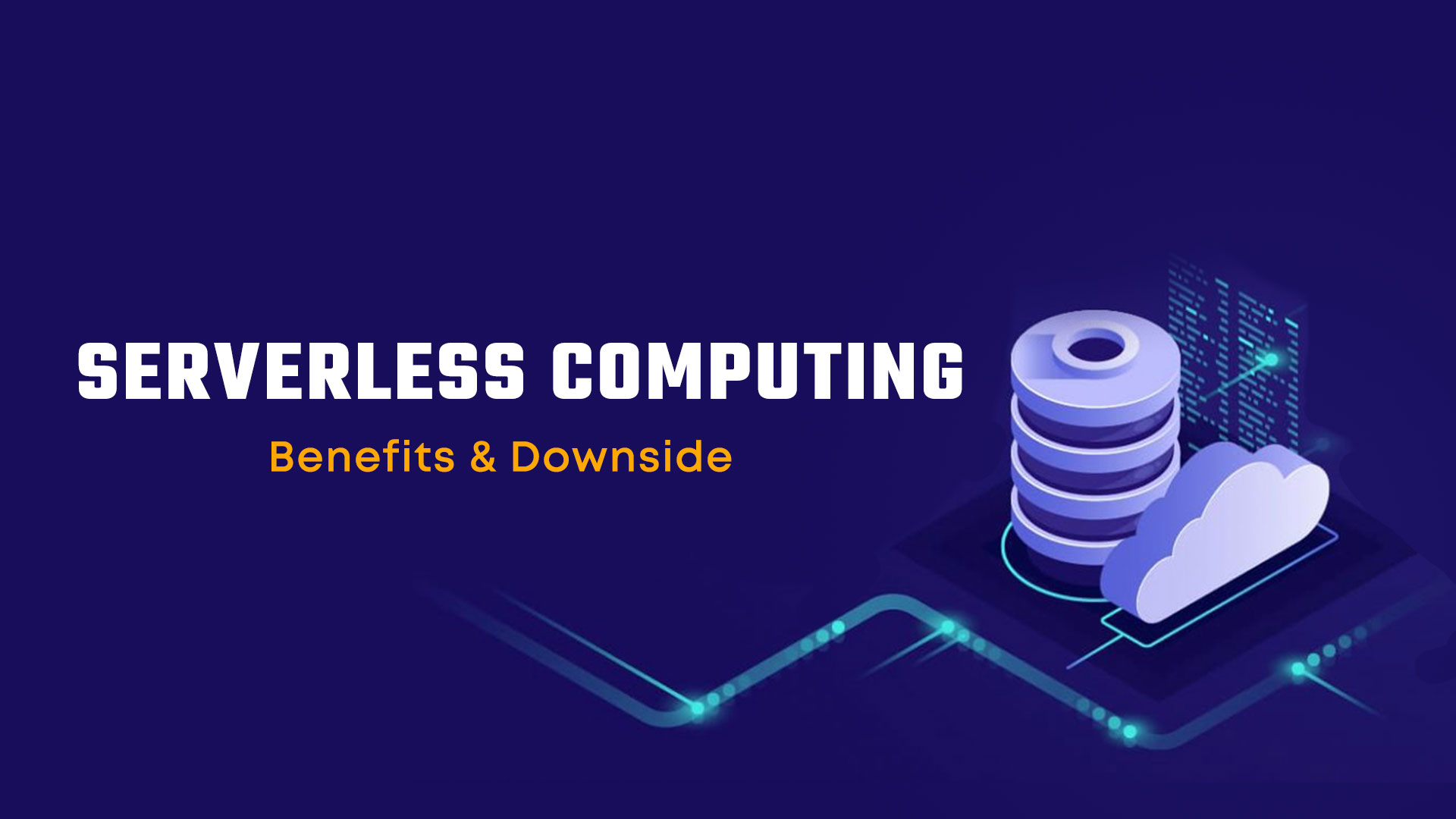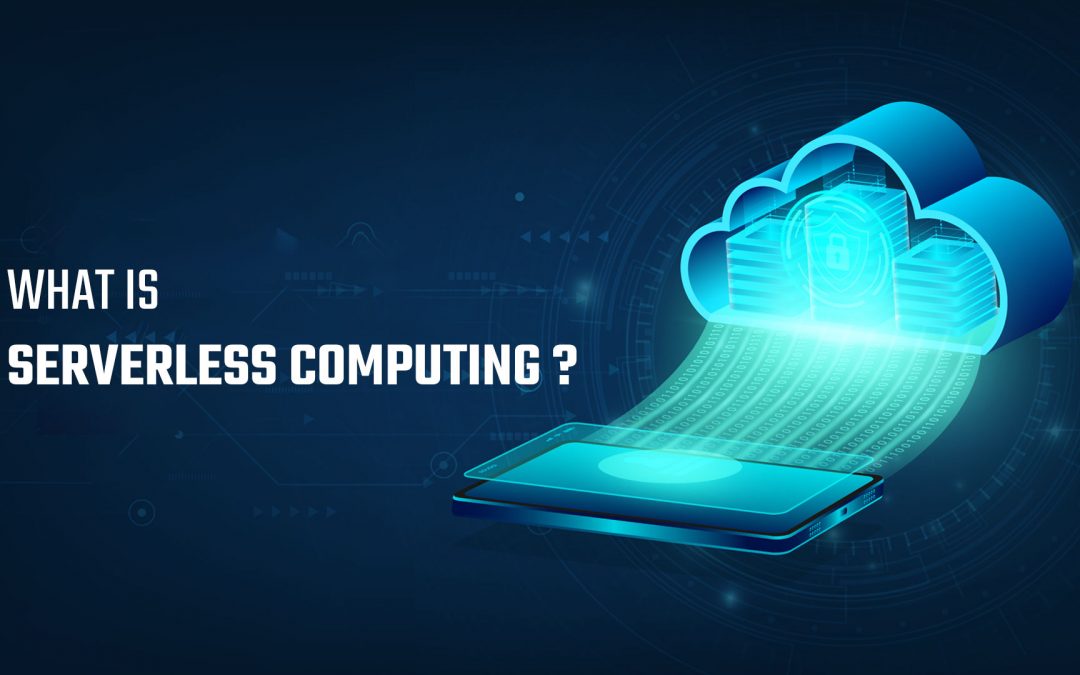Serverless computing is a type of cloud computing where customers can access machine-based resources on demand from a cloud provider, who also manages the servers for them. Despite the name “Serverless,” it does not mean there are no servers involved, but rather that the servers are fully managed by the cloud provider and not by the customers. This allows developers to focus on developing the front-end, application, and business logic.
A cloud provider takes care of a range of tasks related to server management, such as keeping the operating system up to date, ensuring security, monitoring the system, and managing the infrastructure.
Cost benefits
With serverless computing, developers pay for services on a pay-as-you-go basis, meaning they only pay for the resources they use when they need them. This is similar to paying for gym time rather than a monthly membership. Additionally, developers do not have to pay for idle capacity, as the cloud provider only provisions the necessary resources when the code is executed and de-provisions them when the execution stops. This is known as “scaling to zero” and helps to reduce costs by only billing for the time when the code is actually running.
Various cloud serverless computing providers
There are several cloud service providers that offer serverless computing options to users. Some of the most widely used providers include:
- AWS Lambda
- Google Cloud Functions
- Azure Functions
- IBM Cloud Functions
- OCI Functions
Types of serverless computing services
There are two types of Serverless architectures that are commonly seen in the industry today.
- BaaS or Backend as a Service and Mobile Backend as a Service refers to an app that uses cloud-based services to manage server-side logic. These are usually single-page web or mobile apps that utilize cloud-based databases, authentication services, and other resources.
- Faas: Function as a service is a type of architecture where an application’s server-side logic is written by a developer, but it is run on a stateless compute container. This means that unlike the scenario in traditional architecture, the containers are event triggered, fully managed by a third party and may only last for one invocation. AWS Lambda is one of the most popular Faas platforms in the industry today.

The benefits of using Serverless Computing include:
- Not having to manage servers – The cloud service provider takes care of the management and running of servers, allowing developers to only focus on creating code.
- Paying only for what is used – The pay-as-you-go model means that users are only charged for the resources they use, without any additional costs.
- High scalability – Serverless architectures can quickly scale up or down in response to changes in demand.
- Faster deployment and updates – With no need to upload code to a server, it is easy to quickly release new versions of an application or make updates.
- Reduced latency – Applications can run from servers located closer to end users, resulting in faster response times.
The downsides of using Serverless Computing include:
- Difficulties in testing and debugging – Replicating a serverless environment for testing can be challenging, making it harder to detect and fix bugs.
- Security risks – The responsibility for security falls on the service provider, leaving consumers vulnerable to potential breaches and attacks.
- Resource constraints – Serverless computing may not be suitable for high-demand use cases due to limitations on resources provided by service providers.
- Increased response latency – Serverless computing may cause delay in response time, as the server has to start up between requests, which can be problematic in time-sensitive applications.
Conclusion
Serverless computing is particularly useful for applications where users are more focused on business operations than managing IT infrastructure. Despite its limitations, serverless computing remains a popular choice because it allows customers to consume services in a more hands-off approach. It helps to quickly and efficiently build event-driven applications. Overall, serverless computing is a way to save resources, increase productivity and efficiency for any organization.
 Finland
Finland Bangladesh
Bangladesh
